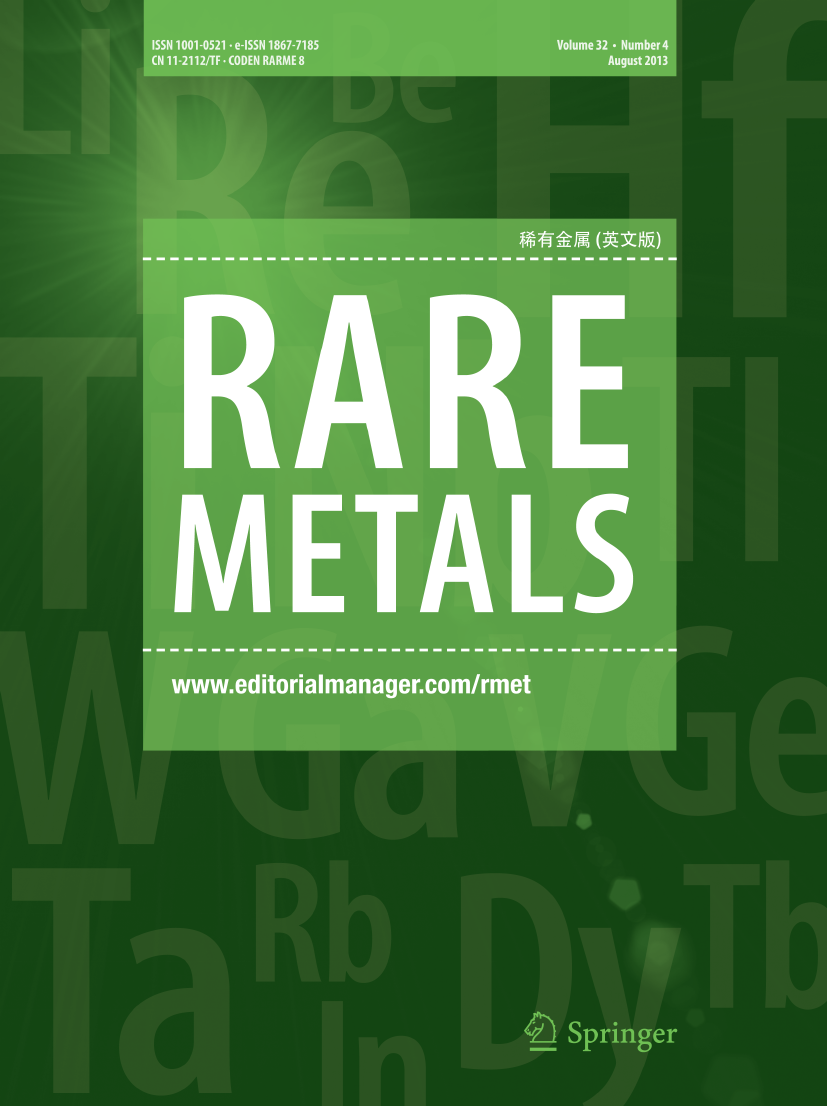Single-atom rhodium mimicking the oxidase and peroxidase for NADH cascade oxidation
Abstract
Constructing high-performance nanozymes for specific biomolecules is crucial but challenging for practical applications and fundamental research. Herein, through the examination of the catalytic reaction paths of natural nicotinamide adenine dinucleotide (NADH) oxidase (NOX), a novel and efficient single-atom rhodium catalyst (Rh1/NC) was developed to mimic NOX. The Rh1/NC demonstrated the ability to catalyze the dehydrogenation of NADH and transfer electrons to O2 to generate H2O2 through the typical two-electron pathway. Furthermore, our findings revealed that Rh1/NC exhibits the ability to catalyze the conversion of produced H2O2 into OH under mildly acidic conditions. This process amplifies the oxidation of NADH, showcasing NADH peroxidase-like activity (NPx-like). As a paradigm, this unique dual enzyme-like property of Rh1/NC with a positive feedback effect holds significance in disrupting cancer cellular homeostasis. Rh1/NC can effectively consume NADH via cascade biocatalytic reactions within cancer cells, further triggering the elevation of reactive oxygen species (ROS), leading to impaired oxidative phosphorylation and decreased mitochondrial membrane potential, thus damaging the adenosine triphosphate (ATP) synthesis. The resulting 'domino effect' interferes with the energy metabolism homeostasis of cancer cells, ultimately promoting cell apoptosis. This study provides potential guidance for the rational design of materials with greater capabilities.
Graphical abstract

 求助内容:
求助内容: 应助结果提醒方式:
应助结果提醒方式:


